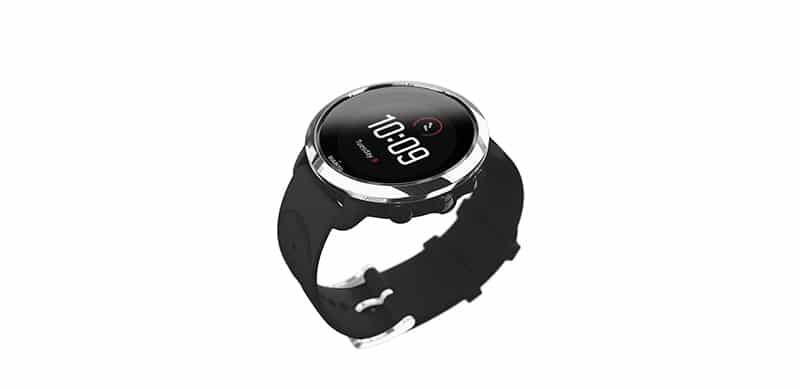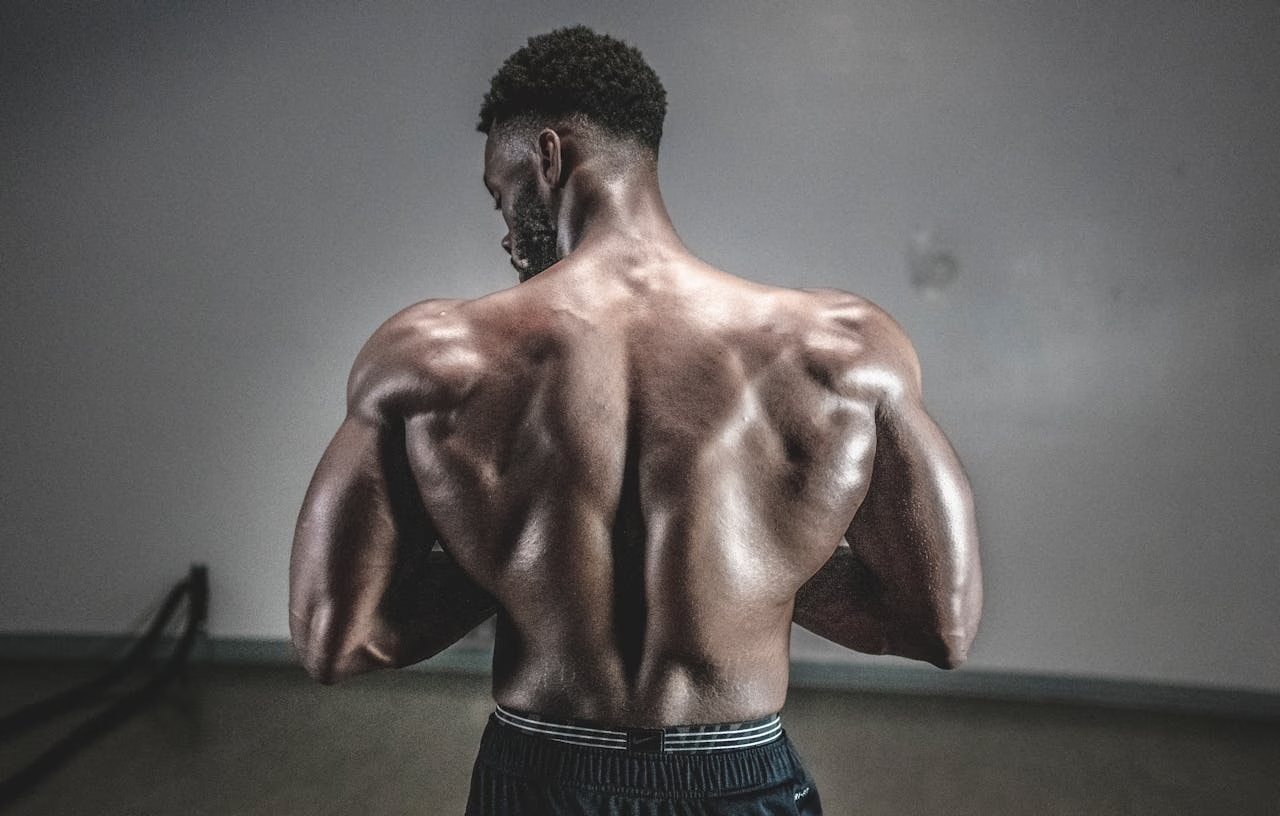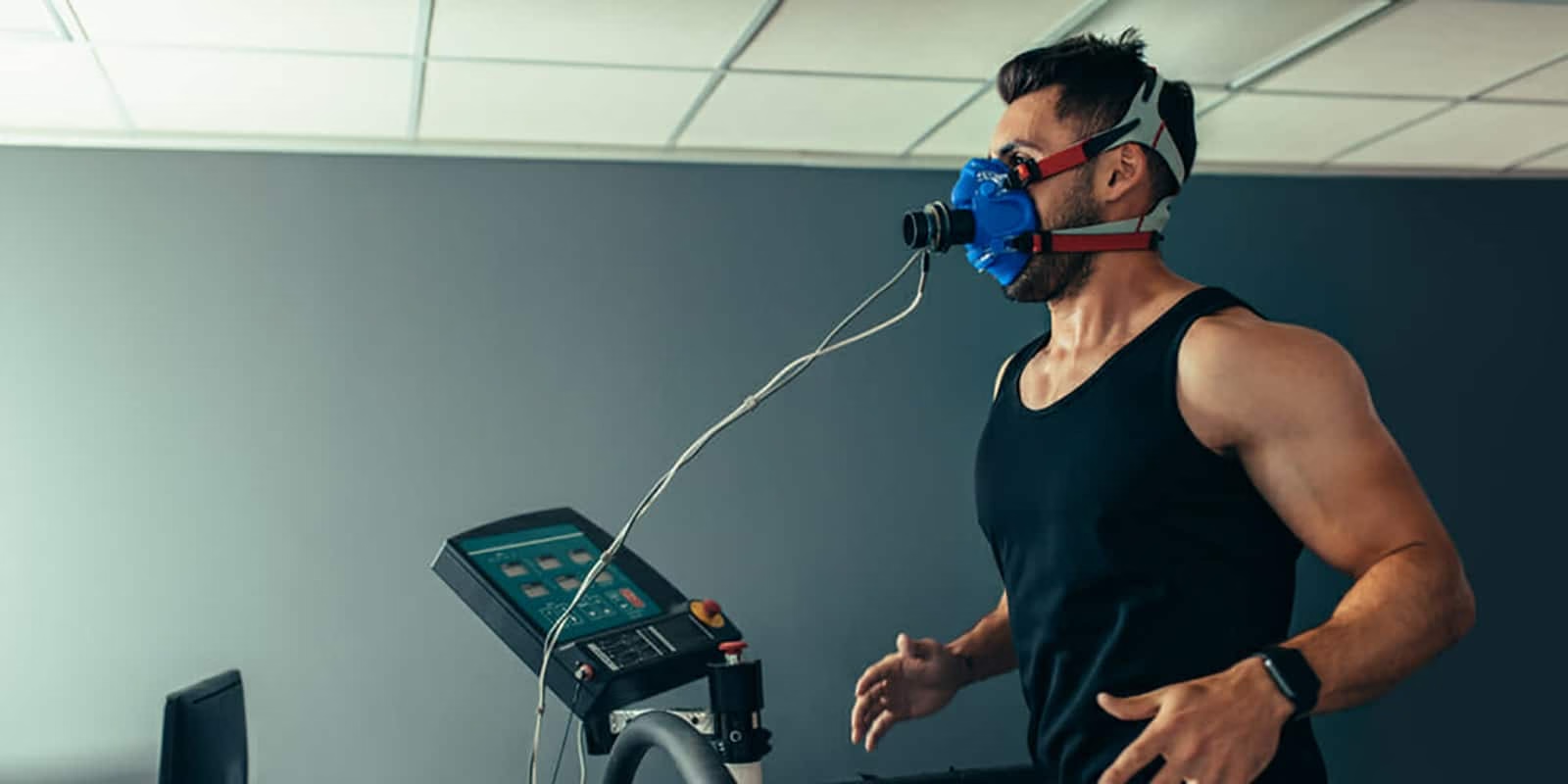First Impression: Suunto 3 Fitness.
The first thing you notice about the Suunto 3 Fitness, the latest offering to the increasingly crowded sport’s watch market, is its size. It’s slim, light and quite small compared to Sunnto’s other offerings like the Spartan Sport. That’s because it lacks an internal GPS, opting instead to hook up to your phone’s GPS through a bespoke 3 Fitness app (left). This offers advantages and disadvantages.

The bad: without an internal GPS you have to take your phone on runs/rides to get tracking data for Strava, et al. Fine for Saturday morning park runs and Sunday morning rides between coffee shops, but terrible if you’re the sort of bloke who’s cubicle wall is covered in race bibs.
The good: it doesn’t look like a serious sports watch. Wearing a huge, bulging sports watch with a nice suit or on a hot date screams fitness/triathlete wanker, so a thin, elegant timepiece like the Suunto 3 Fitness works fits well outside of the training regime.
“Wearing a huge, bulging sports watch with a nice suit or on a hot date might scream fitness/triathlete wanker…”
Functions of the Suunto 3 Fitness
Another departure from the Suunto DNA is the lack of a heart-rate chest strap. Instead, the Suunto 3 Fitness uses an optical wrist heart rate measurement. Debate has gone one for some time, as it’s not regarded as the most accurate way to measure HR. However, you can pair a heart rate chest strap for more accuracy.
The big selling point of the Suunto Fitness 3 is its “adaptive training plans and real-time guidance.” Put simply, the watch creates a training plan for you according to your level of fitness, measured by the 24/7 heart rate measurement, your body metrics and a calibration exercise. It then advises you on workouts in real time. “Slow Down” it prompts when you’re topping out. “Rest Day” it advises after two training days.
The constant HR measurement means it can also measure your sleep pattern and quality reasonably accurately, something Suunto haven’t really highlighted.
The Suunto 3 Fitness also tracks steps and calories burnt through activity throughout your day and will alert you when you hit your target: “590 Active Calories”. All this data is channelled to an app dashboard where you can see your day or week with your workouts, sleep, steps, activity and Calories burnt bases on HR and activity. It is a comprehensive overview of your of fitness and recovery.
Testing of the Suunto 3 Fitness
I was mostly concerned about the lack of chest strap as there has been some debate, and even lawsuits, about optical HR monitoring, so I tried two identical 30 minute workouts, one the optical sensor and the other with a paired chest strap. The results were different, but not significant. With the optical I had a max HR of 179, with 460 Cals burnt the other a max HR of 169, with 400 Cals torched. Given the variables, it’s hard to accurately assess and, in the end, not a big deal, especially if you’re a weekend warrior.
The display is large and easy to read, and the navigation is classic Sunnto and highly intuitive. The 24/7 HRM sucks the battery so charging is every few days, but it does charge quick. The watch relays notifications from your phone, which is handy.
Conclusion
The Suunto 3 Fitness is a fine sports watch, for a beginner or someone who trains occasionally. And that’s who it’s aimed at with a price point below $300. It’ll track your life and fitness and give you guidance on how to get fitter and, with a good diet, leaner, but if you’re a serious runner, rider or triathlete, look to increase your budget or head for the Suunto Spartan Ultra.





